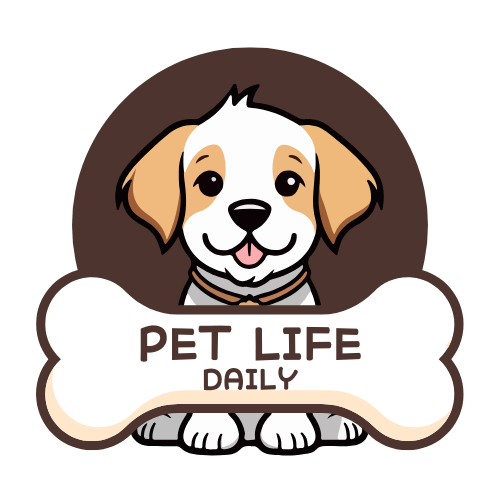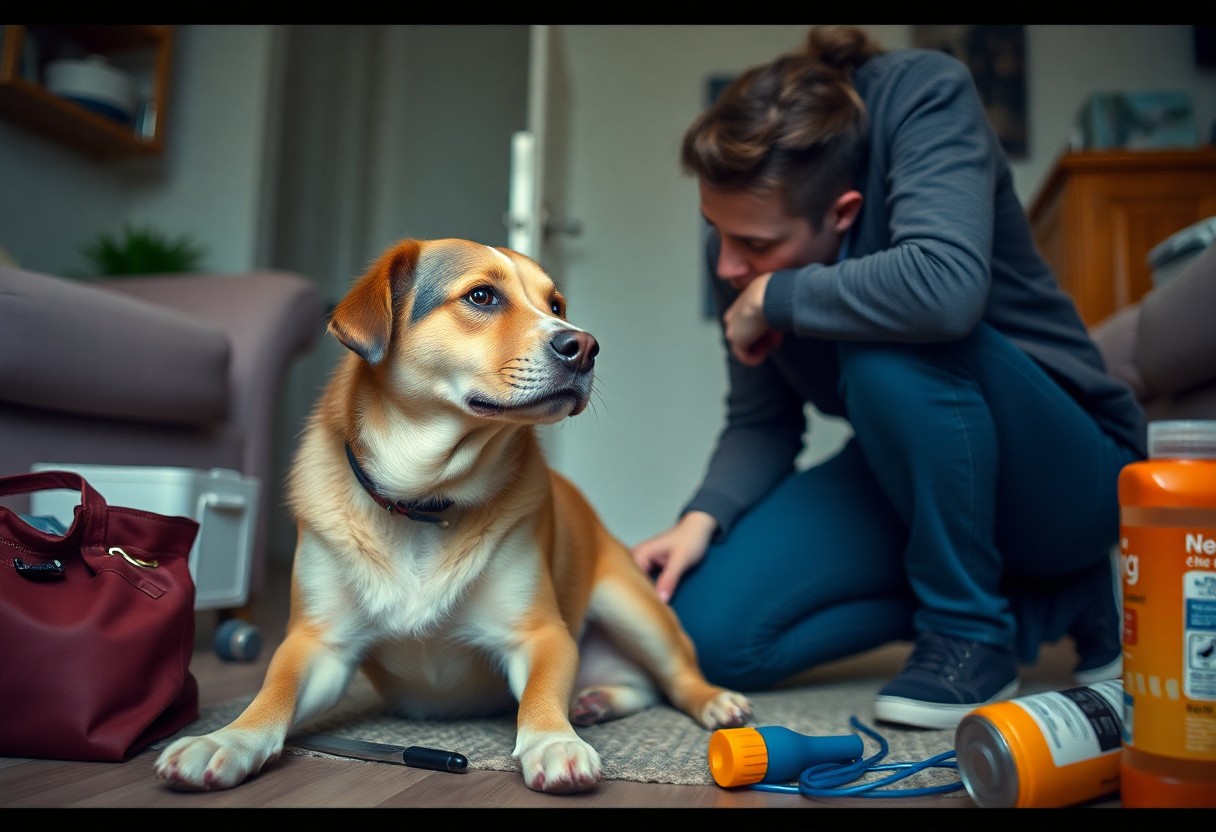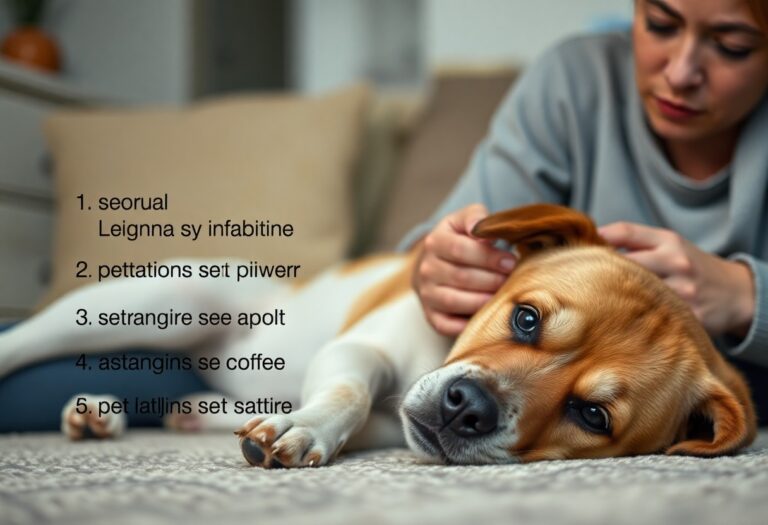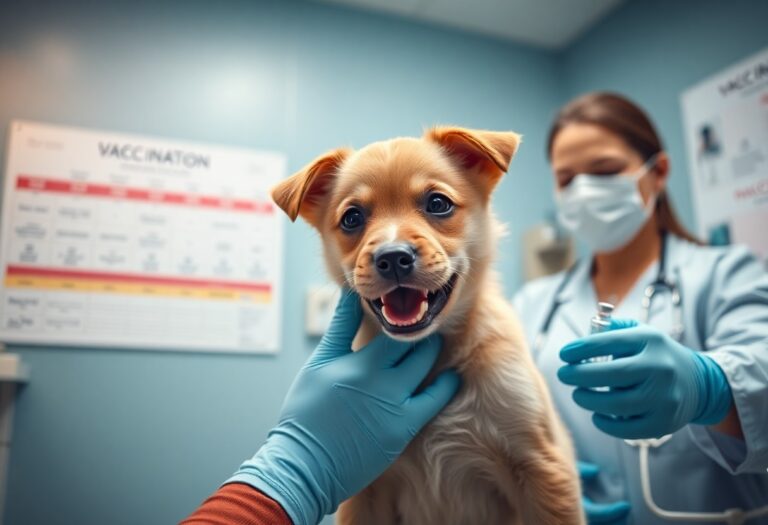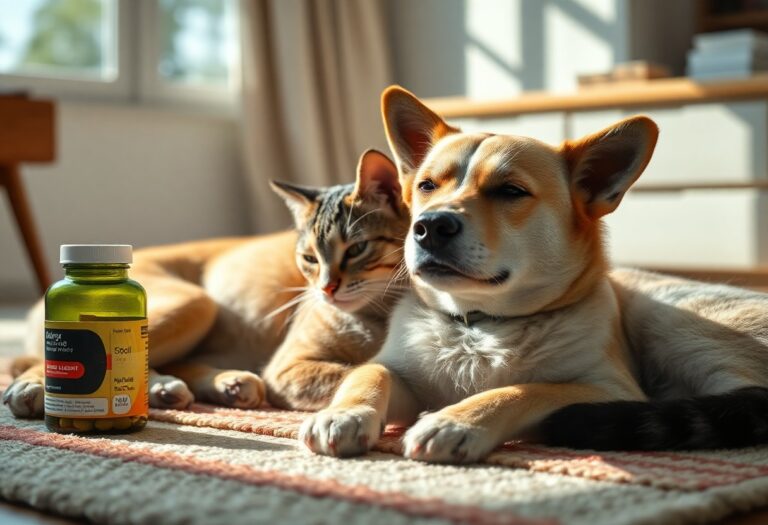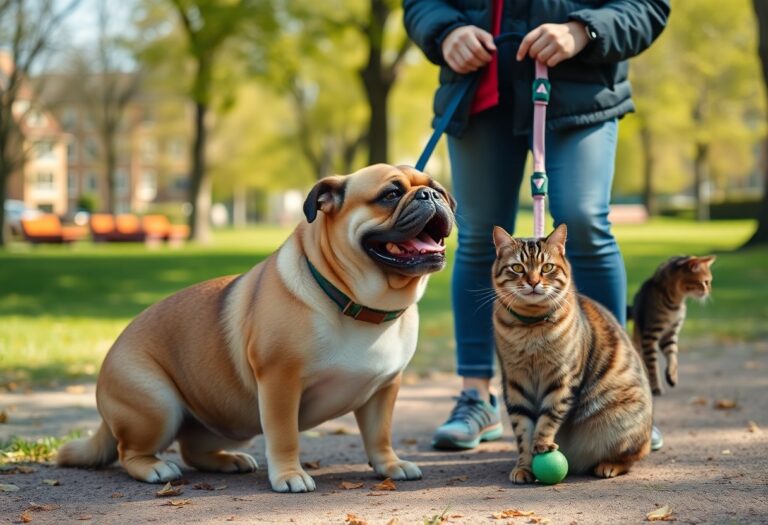Pet emergencies can happen at any time, and it’s necessary for you to recognize when your furry friend needs immediate medical attention. Understanding the signs of serious conditions, such as difficulty breathing, excessive bleeding, or unconsciousness, can be lifesaving. Additionally, knowing when to act quickly can mean the difference between a positive outcome and a dire situation. In this guide, you’ll learn the key indicators that signal an emergency, ensuring you have the confidence to make the right decisions for your pet’s health and well-being.
Recognizing the Signs of Distress
Being attuned to your pet’s behavior can provide critical insights into their well-being. Changes in temperament, daily habits, and communication signals are often the first signs that something might be wrong. Ignoring these subtle cues could result in a situation becoming severe before you even notice. For instance, a once-affectionate dog that becomes withdrawn or a cat that stops grooming itself are red flags that shouldn’t be dismissed. Recognizing these signs promptly can make a significant difference in ensuring your pet receives timely care.
Behavioral Indicators of Pain or Illness
Unexplained changes in behavior can indicate underlying pain or illness. If your pet is suddenly less willing to engage in play or seems to have a reduced appetite, these could be signs of discomfort or distress. Look for withdrawal from family members or other pets; social isolation often signifies something is amiss. Pets may also exhibit unusual aggression or irritability as a response to pain. Seek veterinary advice if they appear restless, howl excessively, or demonstrate compulsive behaviors such as excessive licking or pacing.
Physical Symptoms That Signal Urgency
Physical symptoms often provide more concrete evidence of health concerns. If your pet experiences vomiting, diarrhea, or blood in their feces or urine, these are significant alarm bells that warrant immediate medical attention. Similarly, difficulty breathing, limping, or noticeable swelling in any part of their body could indicate serious conditions requiring urgent care. Pet owners should also watch for signs like excessive thirst, loss of balance, or seizures, as these often signal potentially life-threatening problems.
In addition to the mentioned symptoms, further observation can yield helpful insights. For instance, a pet suffering from bloat may exhibit a distended abdomen and restlessness, potentially leading to a rapid decline in their health. Alternatively, if you notice your pet excessively grinding their teeth, it may indicate dental issues or other significant pain. The sooner you respond to these physical indicators, the better chance your pet has for a positive outcome.
Common Pet Emergencies You Shouldn’t Ignore
Identifying Life-Threatening Conditions
You might find yourself in a situation where recognizing life-threatening conditions in your pet becomes paramount. Sudden vomiting, especially if accompanied by diarrhea, lethargy, or abdominal swelling, can indicate serious internal issues such as poisoning or obstructions. Additionally, difficulty breathing, excessive drooling, or pale gums are immediate red flags that warrant action. As an example, a friend hurried her dog to the vet after noticing rapid breathing and gum color shifting to a concerning shade of gray; it turned out to be a severe allergic reaction that required swift intervention.
Another critical condition to observe is severe trauma—whether from an accident or a physical encounter with another animal. If your pet is limping, yelping in pain, or shows signs of distress after an injury, swift action could save your pet’s life. Internal bleeding can easily follow a significant impact, so even minor-looking injuries should never be dismissed too quickly. The sooner you can assess the severity of these conditions and seek veterinary help, the better the chances are for a positive outcome.
Understanding the Risks of Delayed Action
Procrastinating on immediate veterinary care can be detrimental to your pet’s health. For instance, every minute counts in cases of choking; the longer an object remains lodged in the throat, the greater the chance of asphyxiation or severe damage to the airway. Conditions like bloat, which can cause the stomach to twist, require prompt surgery to save lives and can lead to fatality within hours if left untreated. Delaying action not only increases the risk of complications but can also lead to higher medical expenses if advanced interventions become necessary.
At some point, you might find yourself facing a situation where minor symptoms escalate into serious complications. A seemingly small issue, such as a urinary tract infection, can develop into a severe kidney infection requiring hospitalization if not addressed swiftly. Early intervention is necessary for maintaining your pet’s health and can prevent situations that become increasingly difficult and costly to treat. Prioritizing timely veterinary visits in response to concerning signs can safeguard your pet’s well-being and keep you from experiencing the distress of watching your loved one suffer unnecessarily.
Immediate Actions Every Pet Owner Should Know
First Aid Basics for Pets
Having first aid knowledge specific to pets is vital; it allows you to react quickly and confidently in emergencies. Start by keeping a well-stocked pet first aid kit that includes items like gauze, antiseptic wipes, adhesive tape, and a thermometer. Familiarize yourself with how to restrain a wounded animal safely to minimize their stress and prevent further injury. Perform basic assessments checking for signs of shock, bleeding, or fractures. Learning simple techniques such as the Heimlich maneuver for pets or CPR can be lifesaving; for example, knowing how to apply pressure to a bleeding wound could significantly improve your pet’s chances of survival. Always stay calm, as your demeanor can help to soothe your pet during a distressing time.
When to Contact a Veterinarian
Specific signals should prompt immediate veterinary consultation, including but not limited to persistent vomiting or diarrhea, seizure, bloating, or difficulty breathing. If you observe any signs of severe pain or if your pet has suffered trauma, seeking professional help without delay is crucial. Even if an issue seems minor, assessing it thoroughly in a clinical environment can prevent potential complications down the line. For instance, some common situations like a sudden change in behavior or appetite can indicate an underlying health problem. It’s best to err on the side of caution, as early intervention can lead to better outcomes for your pet.
In addition to the aforementioned symptoms, monitoring your pet for changes in hydration, energy levels, and mobility is equally important. If your cat or dog is lethargic, not eating, or drinking significantly less water than usual, these could be signs of a serious condition requiring immediate veterinary attention. Some illnesses can develop rapidly, and addressing these concerns promptly can be the difference between a smooth recovery and a more challenging situation.
Creating a Preparedness Plan for Your Pets
Every pet owner should have a preparedness plan in place to ensure the safety and well-being of their furry friends during emergencies. Establishing a robust plan helps you confidently navigate unexpected situations, alleviating stress for both you and your pet. Start by identifying local emergency veterinary services and shelters in your area. Ensure that you update this information regularly, as resources may change or relocate. Keeping this information easily accessible can save precious time in a crisis, allowing you to quickly respond to your pet’s needs.
Assembling an Emergency Kit for Your Pet
Your pet’s emergency kit is a vital component of your preparedness plan. This kit should include vital items such as food, water, a leash, a carrier, first aid supplies, and any necessary medications. Aim for at least a three-day supply of food and water, as emergencies can keep you away from home longer than expected. Additionally, include pet identification tags with your contact information, and ensure your pet’s microchip registration is up-to-date, so they can be safely returned to you if lost.
Don’t overlook the importance of comfort items in your pet’s emergency kit — such as a favorite toy or blanket. These familiar items can ease anxiety during stressful situations. Consider adding updated photos of your pet, as these can aid in identification efforts if you become separated.
Establishing a Local Network of Pet Care Resources
Building a network of local resources can make a significant difference in your pet’s safety during emergencies. Connect with neighbors, local veterinarians, pet supply stores, and animal shelters to create a support system that you can rely on. Share your emergency plan with them, and confirm they understand how they can assist you or care for your pet if needed. Establishing relationships with local pet sitters and groomers might also prove helpful in times of crisis.
Utilizing social media and local community groups can further enhance your network. By embracing technology, you can share alerts about lost pets or ask for recommendations for urgent care facilities. Remember to attend local pet events or community meetings, as these can provide valuable connections and insights into pet resources within your community.
The Role of Regular Vet Check-ups in Preventative Care
Importance of Routine Health Assessments
Routine health assessments play a significant role in maintaining your pet’s health and catching potential issues before they become severe. These evaluations typically include comprehensive physical examinations, where your veterinarian checks your pet’s weight, dental health, coat condition, and overall physical state. Early detection through these assessments can help identify anything from chronic diseases such as diabetes or arthritis to more immediate concerns like skin infections or ear problems. Studies indicate that pets receiving regular check-ups are often healthier and live longer than those who don’t.
Additionally, your vet can provide personalized advice based on your pet’s unique needs and lifestyle. For instance, if your dog is more prone to certain genetic conditions, your vet can recommend specific tests or monitoring strategies. Moreover, routine check-ups foster a strong relationship between you, your pet, and the vet, allowing for better communication about your pet’s health concerns as they arise.
Vaccinations and Preventative Measures
Vaccinations are a cornerstone of preventative care, protecting your pet from potentially life-threatening diseases. Core vaccines, such as rabies, distemper, and parvovirus for dogs, and feline viral rhinotracheitis, calicivirus, and panleukopenia for cats, are necessary components of your pet’s health routine. These vaccines significantly reduce the prevalence of infectious diseases that can spread rapidly, especially in environments with multiple animals. Working with your veterinarian to develop a tailored vaccination schedule will ensure your pet receives these necessary protections at the right times throughout their life.
In addition to vaccinations, preventative measures like parasite control for fleas, ticks, and heartworms are equally vital. Many pet owners overlook the importance of routine deworming and flea prevention, which can lead to severe health issues, including anemia or other serious complications. Following a regular schedule for these treatments can protect not just your pet but also your household from infestations and associated health risks.
Conclusion
As a reminder, being able to identify when your pet’s situation is an emergency can make all the difference in ensuring their safety and well-being. You should always be alert to any unusual behavior or symptoms that could indicate a serious health issue. If you notice signs such as difficulty breathing, excessive bleeding, or sudden changes in behavior, it’s important to act quickly and seek veterinary assistance. Understanding your pet’s baseline health and being aware of their typical habits will empower you to recognize any deviations that may signify an urgent problem.
Additionally, having a plan in place for emergencies can alleviate stress when time is of the essence. Familiarize yourself with the location of your nearest veterinary clinic and ensure you have contact information readily available. You may even want to establish a relationship with a veterinarian you trust, which can provide peace of mind. Prioritizing your pet’s health means being proactive and informed, allowing you to respond effectively should the need arise. Your vigilance and preparedness are vital to keeping your beloved companion safe in unexpected situations.
